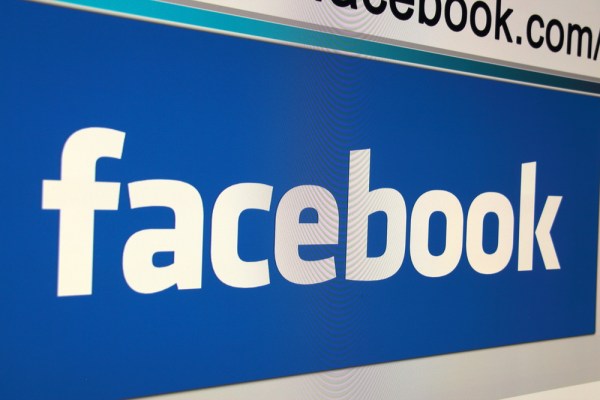Facebook is narrowing the focus of the LiveRail ad platform that it acquired in 2014 — the company says it will no longer be accepting new customers to LiveRail’s ad serving business.
Facebook’s head of advertising technology David Jakubowski said that’s not actually a dramatic change, since the LiveRail ad server represents a small part of the business (“tens of clients, well under 100”) compared to its private ad marketplaces and ad mediation.
The distinction may seem a little wonky for anyone who’s not deep enough in the weeds of ad tech to know much about private marketplaces (where publishers offer their inventory to a select group of advertisers) or mediation (which allows publishers to manage ads from different ad networks).
In LiveRail’s case, Jakubowski suggested that Facebook never saw ads serving as “front and center,” in part because the technology was mostly built for older desktop video ads, rather than mobile and native. Eventually, he said the company decided, “Wait a minute, the market is in all this new stuff, our value is in all this new stuff.” So rather than “build a whole bunch of commodity technology” to support LiveRail’s ad server, why not “partner on that stuff and invest in the future.”
So, as I mentioned up top, Facebook is no longer accepting new customers for LiveRail ad serving. The company says it will work with existing customers to move them onto other products, whether they’re from Facebook or elsewhere.
During our conversation, Jakubowski emphasized the importance of native and video ads on mobile: “That’s one of my predictions for 2016 — the mobile banner is going to go the way of the pop up. It just adds no value.”
As part of this announcement, the company is also noted that the number of apps in the Facebook Audience Network (its mobile ad network) has increased by 10x year-over-year, now accounting for 6 percent of total time spent in mobile apps. And in the fourth quarter of 2015, the Audience Network reached a $1 billion annualized run rate for gross revenue, with most of that money being passed on to publishers.
